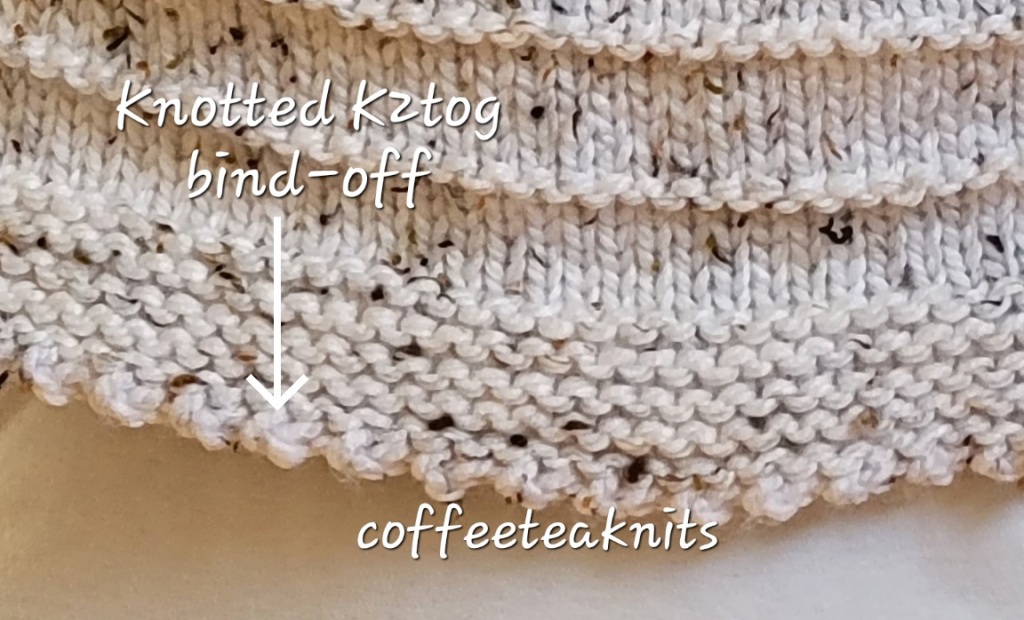Cast on for knitting or a foundation chain for crochet all start with a slip knot. The first stitch in knitting is the slip knot. The slip knot in crochet is the loop for the first foundation chain. Therefore, how to make a slip knot is the first step in learning how to knit or crochet. There are many ways to make a slip knot. How to slip knot differs for knitters and crocheters. The video below shows how I make a slip knot to start a crochet foundation chain.
How to Slip Knot (slow motion):
Written Instructions for How to Slip Knot:
- Wrap the yarn around index and middle finger of the left hand going from top to bottom (clockwise)
- Bring the yarn across and between the two fingers
- With the right hand, bring the strand of yarn in and through the ring formed by the wrapped yarn
- Pull and tighten the ring holding the strand of yarn to form the slip knot
- Insert a crochet hook into the slip knot and tighten it around the hook
~coffeeteaknits.com
